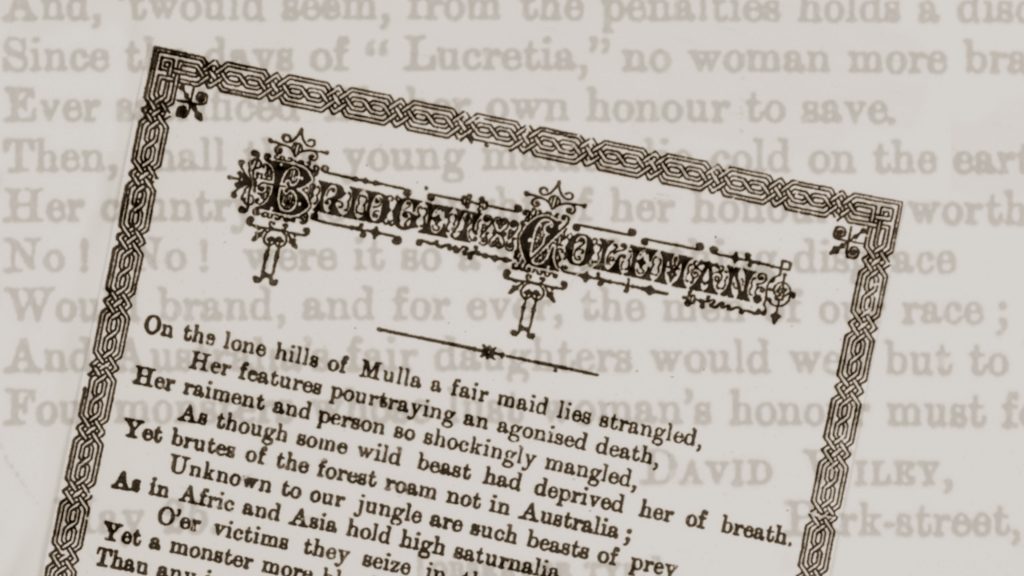
When a young shepherdess named Bridget Coleman (1856-1873) was murdered at Moonbi near Tamworth in 1873, David Wiley (1815-1876), a stranger to her, penned a poem about this crime. In the simply titled poem ‘Bridget Coleman’, Wiley expressed deep dissatisfaction that authorities did not find and bring to justice Bridget’s brutal killer. But why did […]
Read More…
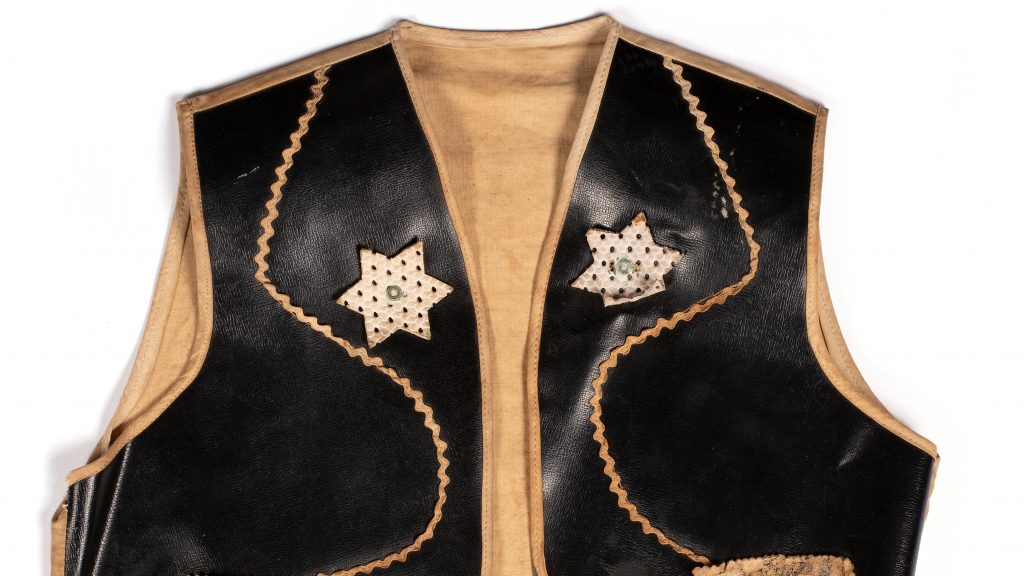
By the age of ten Rocky Cameron (1944-2016) was already an experienced performer. He had ‘cut his teeth’ on the greater-Sydney radio circuit – 2UW, 2KY, 2GB & 2KA – but even with those successes he still felt his nerves swell. Following the introduction of television to Australia, Rocky made it to the stage of […]
Read More…

Mothers regularly pushed their prams up the ramp of the local courthouse in 1950s Morpeth. But it was not a judge and jury that they were to there to see—it was a baby health nurse. In this unlikely place from 1954, about ten years after the the building had been closed as a court house, […]
Read More…
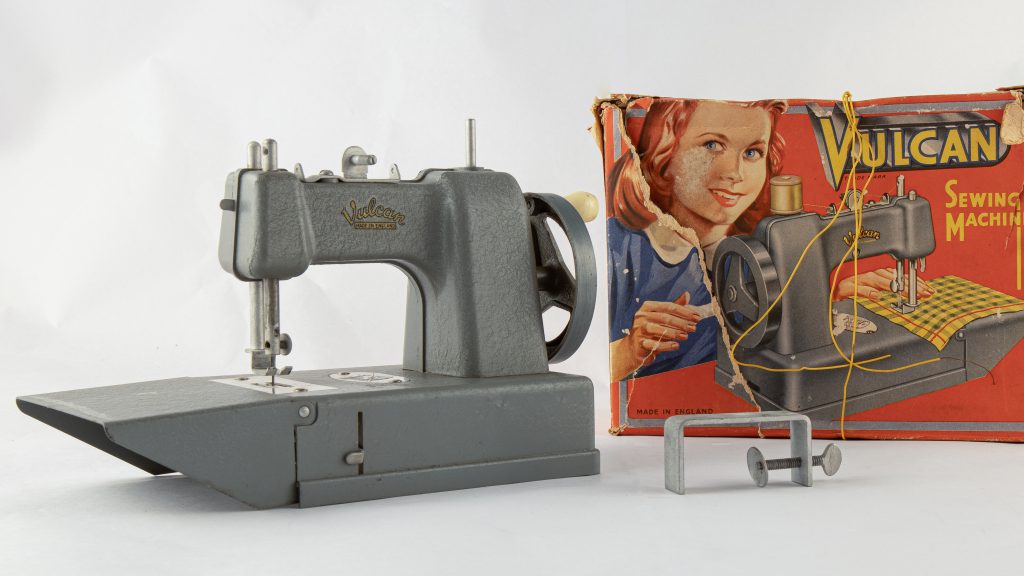
Imagine her excitement as Narelle Kemp, a young girl from the mining town of West Wallsend carefully unwrapped this Vulcan Toy Model Featherweight sewing machine in the 1950s. It was a gift that brought her much enjoyment, and one that also had an important purpose. On this miniature version of the classic Singer sewing machine, […]
Read More…
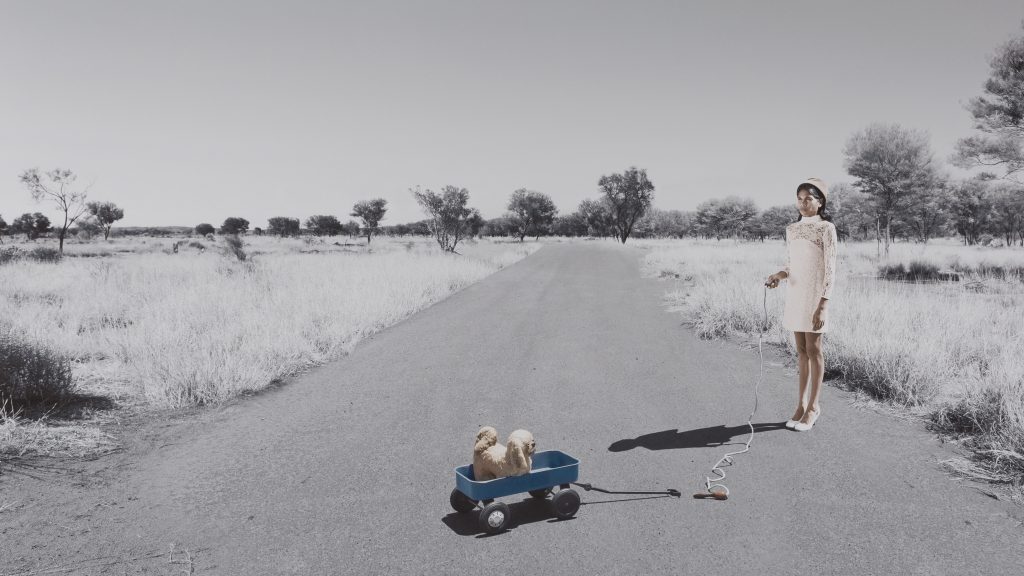
Dusty roads that stretch endlessly through flat, dry scrubland are a defining feature of the Australian landscape. Underneath open blue skies, the environment takes on a surreal, ethereal state, stuck somewhere between the real and the unreal. In Mother (Skipping Rope), artist Michael Cook (1968-) takes that same feeling of intangibility and instability and utilises […]
Read More…
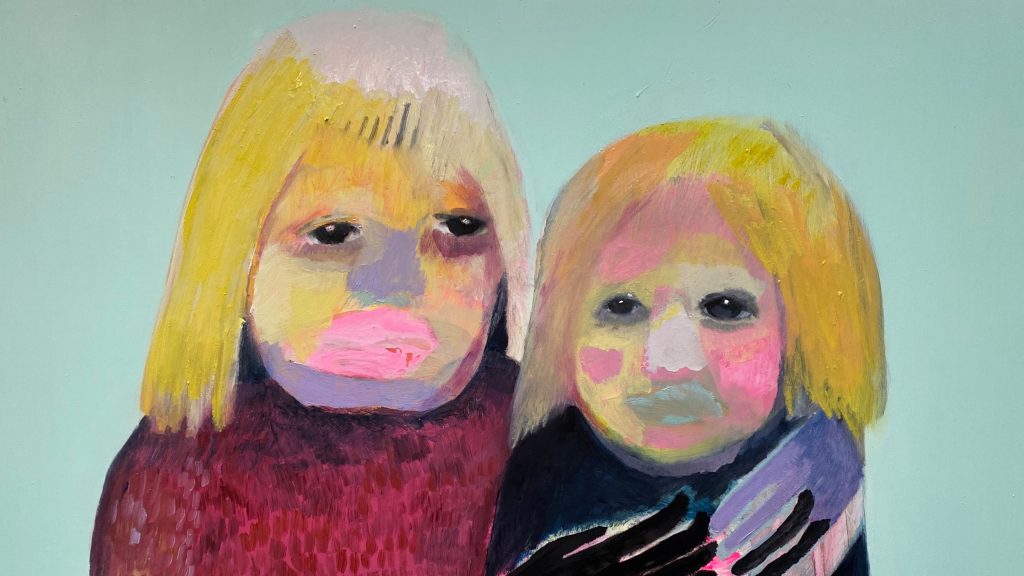
Music, storytelling, ugliness, and love. These are the things Newcastle-based artist Sally Bourke (1973-) notes among her largest influences. In the portraits The Quiet Light and I am a ghost of you, you are the ghost of me, Bourke avoids her subjects’ external features or appearance. Painted ‘from the inside out’ as one curator puts it, ‘her […]
Read More…
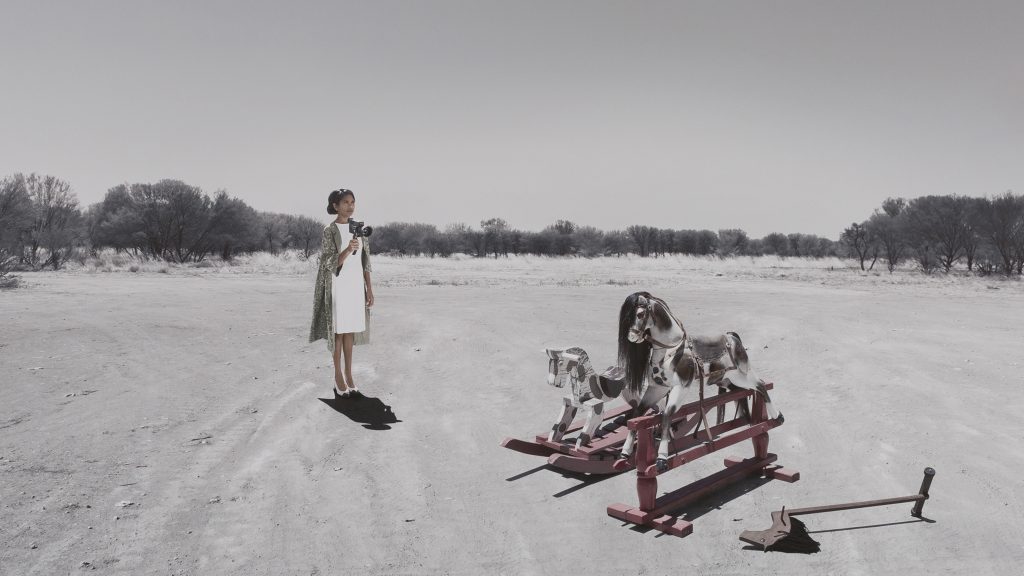
Iconic images of the Australian outback or bush conjure up dust, heat and the thunder of wild brumbies. The strike of their hoofs echoing across vast plains and down mountain sides, the epitome of true freedom. In Mother (Rocking Horse), artist Michael Cook (1968-) evokes this same feeling in a comment on family, connection, and […]
Read More…
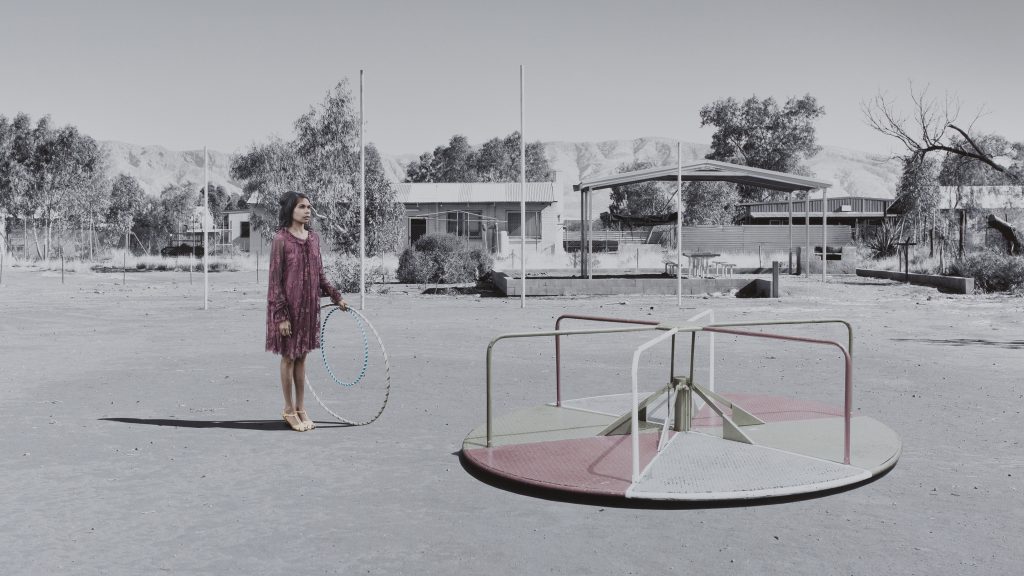
The sundial, the earliest device for time-keeping, indicates the time of day by the position of cast shadow from a vertical object. As the sun moves across the sky, the shadow of the object moves, marking the passage of time. In Mother (Merry-Go-Round), artist Michael Cook (1968-) has utilised the placement of the Mother offset […]
Read More…
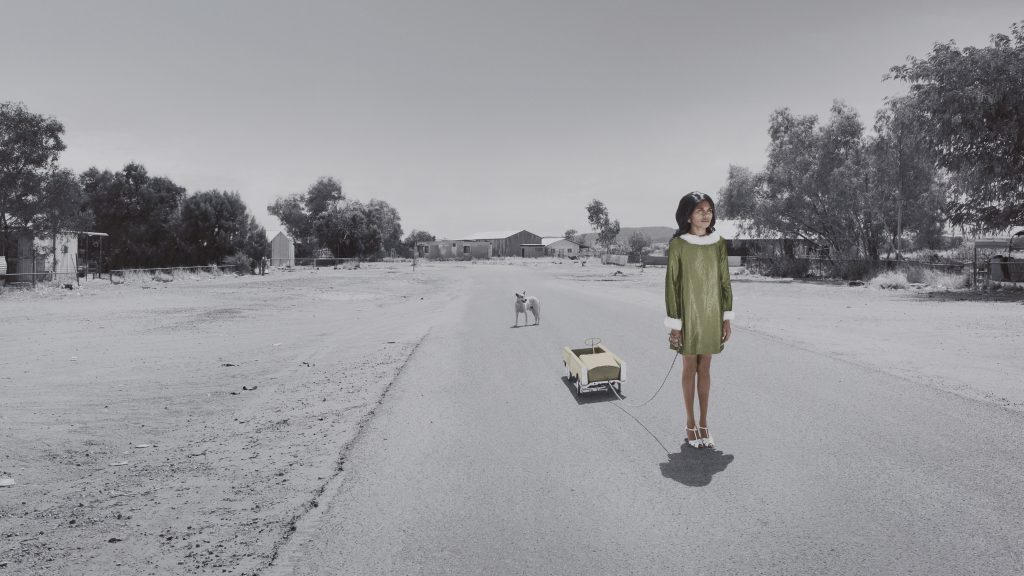
Against a strikingly empty, yet occupied Australian landscape, art photographer Michael Cook (1968-) has managed to capture the heavy, solemn weight of both motherhood and memory in a poignant moment—looking forward but also static, with the past still in easy view. In Mother (Pedal Car), it is easy to see Cook’s own personal journey reflected. […]
Read More…
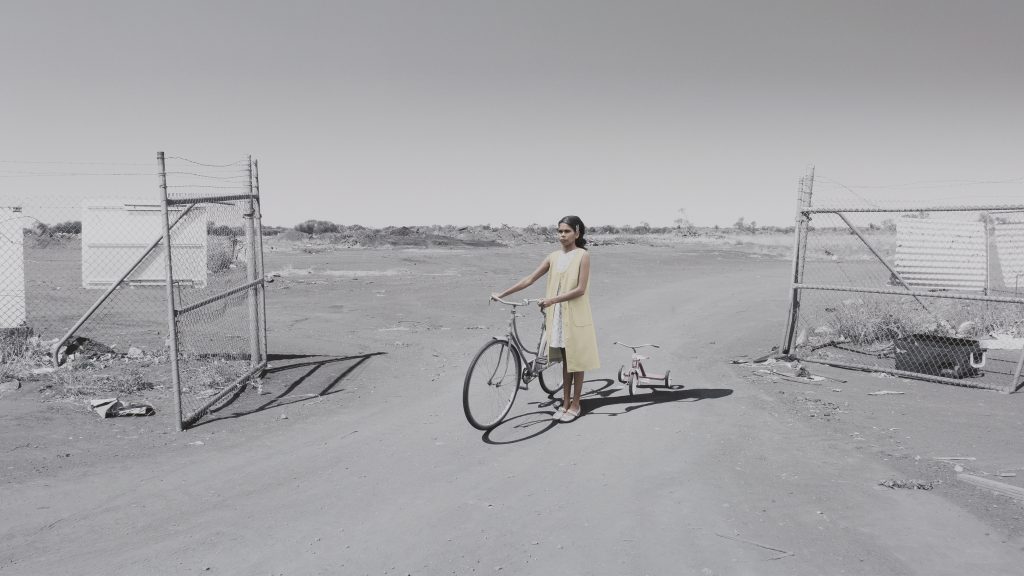
Where there are people, there is noise. Yet this photograph by Michael Cook (1968-), part of a thirteen image series, titled Mother (Bicycle), exudes only silence and stillness. Born in 1968 and adopted by white parents who were staunch activists and allies of the Indigenous community, Michael Cook has explored a wide breadth of subjects […]
Read More…











